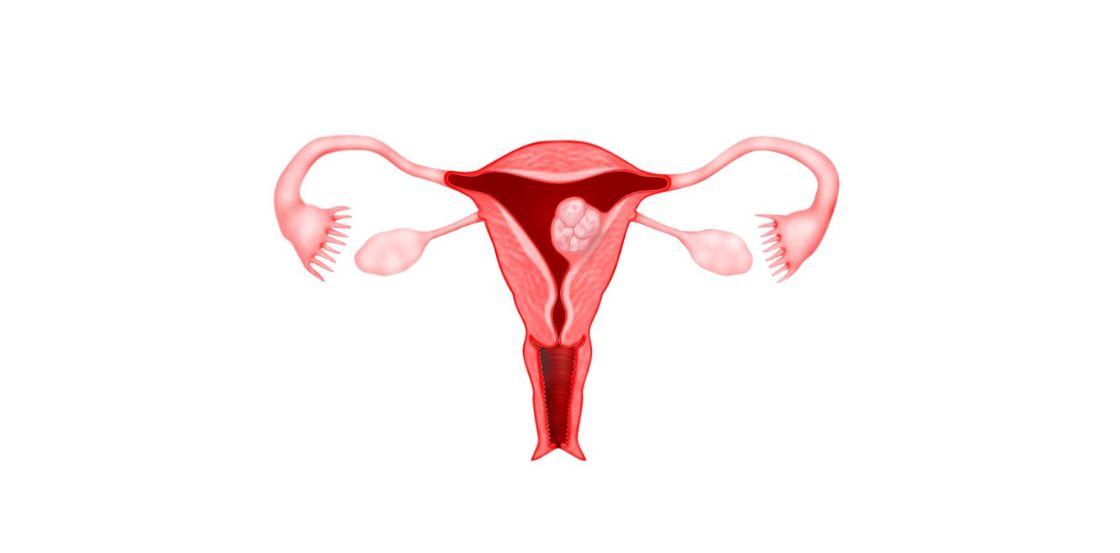Post link copied to clipboard!

Hysteroscopic resection of fibroids is a cutting-edge medical procedure that offers an effective solution for women with fibroid-related issues. As an expert Consultant Gynaecologist, I understand the concerns and discomfort that fibroids can cause.
In this detailed medical blog post, we will delve into the intricacies of fibroid treatment through hysteroscopic resection. By the end of this article, you’ll have a crystal clear understanding of the procedure, its benefits, potential outcomes, and more.
Fibroids (also called uterine leiomyomas) are non-cancerous growths that develop in the uterus. They often lead to symptoms such as heavy menstrual bleeding, pelvic pain, and even fertility issues. When fibroids affect a woman’s quality of life, seeking treatment becomes imperative.
One common aspect of fibroids is degeneration, where the fibroid tissue breaks down. This process can lead to unusual discharge, causing concern among women. However, hysteroscopic resection addresses this issue by removing the fibroids directly from the uterine cavity.
Hysteroscopy, a procedure involving the insertion of a thin tube with a camera into the uterus, is often employed to diagnose and treat uterine issues. Abnormal results from hysteroscopy might reveal the presence of fibroids. Thankfully, hysteroscopic resection offers a solution for treating these abnormal growths.
While focusing on fibroids, hysteroscopic resection can remove polyps from the uterus. Polyps, similar to fibroids, can lead to various discomforts. This procedure effectively eliminates both fibroids and polyps, providing holistic relief.
Hystero polypectomy, a targeted procedure within hysteroscopic resection, involves the removal of uterine polyps. These polyps often lead to irregular bleeding and other menstrual disturbances. By addressing polyps through hysteria polypectomy, women can experience a significant improvement in their overall well-being.
The Hysteroscopic Resection Procedure involves several pivotal steps to treat fibroids and polyps. This minimally invasive approach begins with thorough pre-procedure preparations and anaesthesia administration to ensure comfort.
Step #1 – Pre-procedure Preparations
Before undergoing hysteroscopic resection, thorough evaluations and discussions with your gynaecologist are essential. This step help meet your specific needs.
Step #2 – Anesthesia Administration
During the procedure, we administer anaesthesia to ensure your comfort, using either local or general anaesthesia based on the complexity of your case.
Step #3 – The Resection Process
The resection involves inserting a hysteroscope into the uterus through the vaginal canal. This instrument allows the gynaecologist to visualise the fibroids or polyps and precisely remove them using specialised tools.
Step #4 – Recovery and Aftercare
Following the procedure, a brief recovery period is required. Most women can return home the same day. Mild discomfort, spotting, and cramping are typical during this phase.
By removing fibroids and polyps, hysteroscopic resection can restore a regular menstrual cycle.
Addressing these growths can enhance fertility for women struggling to conceive.
Relief from heavy bleeding, pelvic pain, and other discomforts associated with fibroids.
In conclusion, hysteroscopic resection is a breakthrough procedure that offers a ray of hope for women dealing with fibroids and related issues. With its minimally invasive approach and high success rates, hysteroscopic resection is a promising solution to restore women’s wellness and improve their overall quality of life. If you’re ready for a better life, consult with your gynaecologist and explore the possibilities that hysteroscopic resection brings.
Q1) Is hysteroscopic resection a surgical procedure?
This procedure involves minimally invasive surgery to remove fibroids and polyps from the uterus.
Q2) Are there any risks involved in hysteroscopic resection?
As with any medical procedure, there are some risks, but they are generally minimal. Your gynaecologist will discuss these with you before the procedure.
Q3) How soon can I expect to see improvements in my symptoms?
Many women experience improvements shortly after the procedure. However, the full benefits might take a few weeks to become apparent.
Q4) Will hysteroscopic resection affect my fertility?
For women struggling with infertility due to fibroids or polyps, this procedure can often enhance fertility by removing these growths.
Q5) Is hysteroscopic resection the right choice for me?
In determining the suitability of hysteroscopic resection for your specific condition, your gynaecologist, considering your medical history and individual needs, emerges as the most qualified professional.